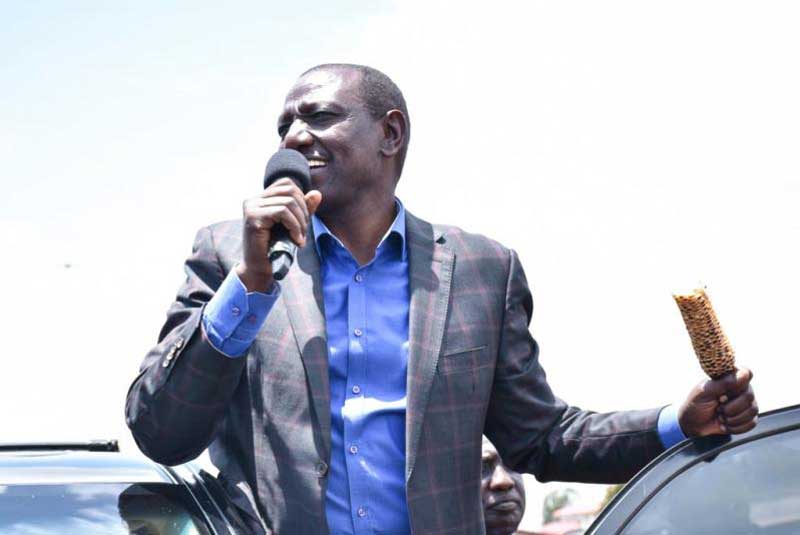×
The Standard e-Paper
Read Offline Anywhere

Deputy President William Ruto’s suggestion that farmers in the North Rift abandon maize for other lucrative crops has been castigated by politicians from the region, terming the move ‘suicidal’ politically.
North Rift counties of Uasin Gishu and Trans Nzoia constitute Kenya’s food-basket, not because all kinds of food crops are grown there but mainly these counties - together with Nakuru and Bungoma - produce most of the maize consumed in the country.